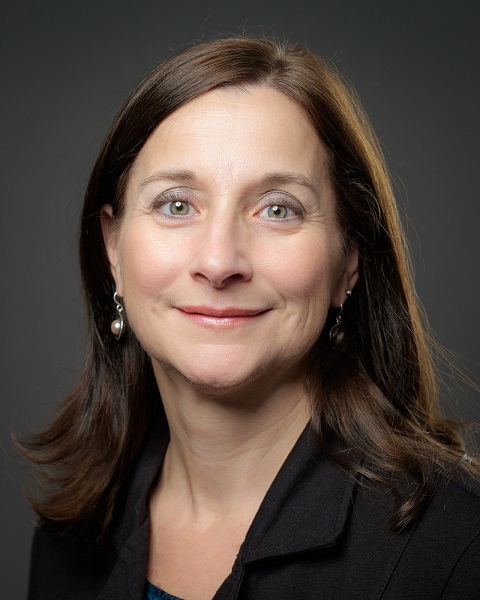MORE than seven years after the declaration of a public-health emergency, the toxic, unregulated drug supply continues to claim the lives of British Columbians in record numbers, according to preliminary reporting released by the BC Coroners Service.
“On April 14, we once again observed the anniversary of the longest public-health emergency in our province’s history,” said Lisa Lapointe, Chief Coroner. “Since the emergency was first declared, more than 11,000 people have lost their lives due to the unregulated drug supply. This is a crisis of incomprehensible scale, and I extend my deepest condolences to everyone who has experienced the loss of someone they loved.”
At least 374 deaths believed to be caused by toxic drugs were reported to the BC Coroners Service in February (177) and March (197), which equates to an average of 6.4 lives lost per day. The 596 lives lost between January and March is the second-highest total ever recorded in the first three months of a calendar year, behind only 2022 (599 lives lost). The total number of deaths equates to a provincewide death rate of 44.1 deaths per 100,000 population.
The reporting also reflects that the total number of deaths due to toxic drugs in 2022 has been increased to 2,314, making that year the deadliest year on record. Unregulated drug toxicity continues to be the leading cause of unnatural death in British Columbia, accounting for more deaths than homicides, suicides, motor vehicle incidents, drownings and fire-related deaths combined.
At least 11,807 deaths have been caused by unregulated drugs since the public-health emergency was first declared in April 2016. There continues to be no evidence that prescribed safe supply is contributing to illicit drug deaths.
“It is clear that an urgent response to this crisis is required and overdue,” Lapointe said. “Recommendations made by multidisciplinary experts on two Coroners Service Death Review Panels and the Province’s Select Standing Committee on Health into the crisis support the urgent implementation of a safe, regulated supply of substances for those at risk of serious harm or death, as well as provincial standards for the provision of evidence-based treatment and recovery services, along with requirements for reporting outcomes.”
She added: “There should not be a dichotomy between access to life-saving safer supply and access to life-saving treatment options. Tens of thousands of British Columbians remain at risk of dying from toxic drugs and we continue to experience the tragedy of six people dying every single day, as we have for the past two years. This is also not a crisis confined to certain neighbourhoods or certain towns. All areas of our province are immensely affected by this crisis, and collaboration, innovation and the rejection of old stereotypes and failed solutions are necessary to prevent future deaths.”
Additional key preliminary findings are below (data is subject to change as additional toxicology results are received):
* In 2023, 71% of those dying were age 30 to 59, and 77% were male.
* The townships experiencing the highest number of illicit drug toxicity deaths in 2023 are Vancouver, Surrey, and Greater Victoria.
* By health authority, in 2023, the highest number of illicit drug toxicity deaths were in Vancouver Coastal and Fraser Health Authorities (190 and 161 deaths, respectively), making up 59% of all such deaths during 2023.
* By health authority, the highest rates of death in 2023 were in Northern Health (60 deaths per 100,000 individuals) and Vancouver Coastal Health (59 per 100,000).
* By health service delivery area, in 2023, the highest rates of death were in Vancouver, northwestern B.C., northern Vancouver Island, northern Interior, and central Vancouver Island.
* By local health area in 2022, the highest rates were in Vancouver – Centre North, Terrace, Merritt, Hope and Prince George.
* Two deaths have occurred at an overdose prevention site: one in 2022 and one in 2023.









